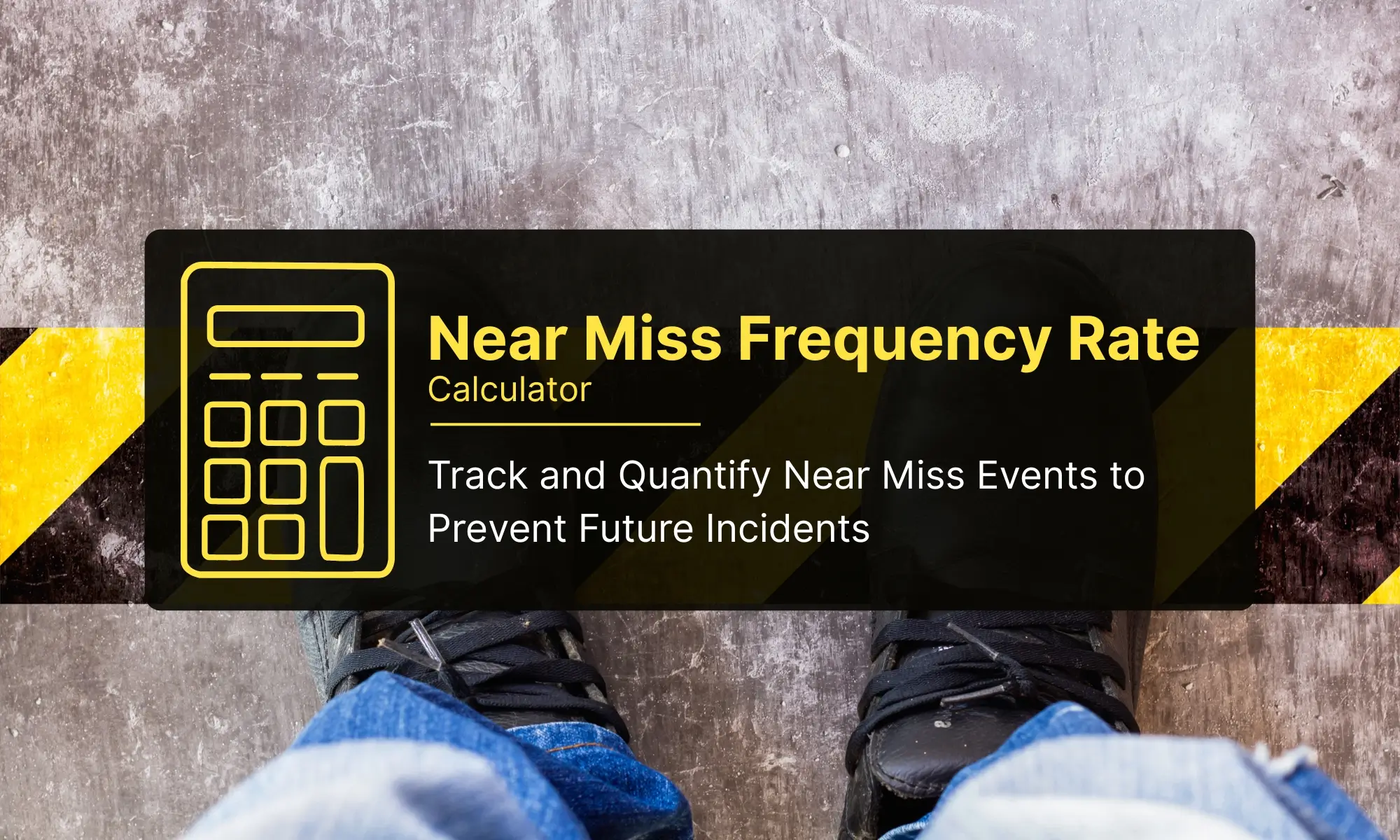Near Miss Frequency Rate (NMFR) Calculator
What is Near Miss Frequency Rate (NMFR)?
The Near Miss Frequency Rate (NMFR) is a proactive safety metric used to measure how often near-miss incidents occur in the workplace. A near miss is an unplanned event that didn’t result in injury, illness, or damage—but had the potential to do so.
Calculating NMFR helps organizations identify hidden risks and prevent future accidents by addressing unsafe conditions before they result in harm.
Why is NMFR Important?
Measuring NMFR is essential for:
- Identifying safety weaknesses before incidents occur
- Benchmarking reporting culture and risk awareness
- Improving safety training and hazard controls
- Supporting ISO 45001, OSHA, and other compliance efforts
- Building a proactive, preventive safety culture
NMFR Formula
The standard formula to calculate Near Miss Frequency Rate is:
Number of Near Misses X 1,000,000 / Total Hours Worked
Where:
- Near Misses = Total number of reported near-miss events
- Total Hours Worked = Combined work hours for all employees
- 1,000,000 = Standard multiplier to normalize the rate per million hours
How to Improve Near Miss Reporting
- Encourage open reporting without blame
- Investigate near misses as seriously as actual incidents
- Analyze patterns to fix root causes
- Train workers to identify and respond to hazards
- Set goals to increase near miss reporting rates

